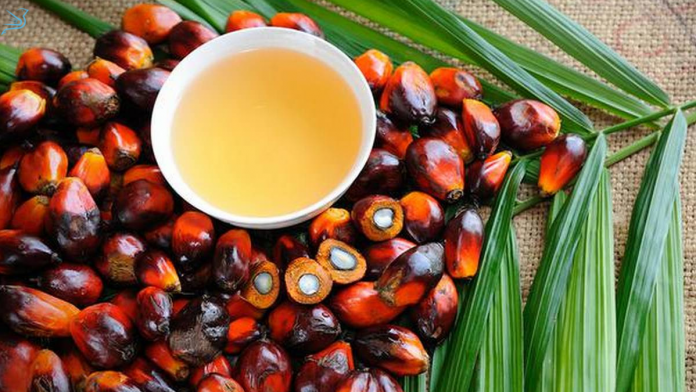Hello People!
In today’s blog we will discuss a new scheme announced by the Government with the focus on increasing area and productivity of oilseeds and Oil Palm. In this blog, you can read all about the aim, key features and significance of the National Mission on Edible Oil-Oil Palm scheme.
What is NMEO-OP?
It is a centrally sponsored scheme to reduce the dependence on edible oil imports. It involves investment of Rs. 11,040 crore over a five year period. Out of this, the centre will provide Rs 8,844 crore and states’ share is Rs 2,196 core.
Aim of the scheme
The aim of the scheme is to triple domestic palm oil production to 11.20 lakh tonnes by 2025-26 and 28 lakh tonnes by 2029-30.
It is proposed to cover an additional 6.5 lakh hectares (ha.) for oil palm till the year 2025-26, thereby reaching the total to 10 lakh hectares.
NMEO-OP Features
- The scheme will place a special emphasis on India’s north-eastern states and the Andaman and Nicobar Islands due to conducive weather regions in the area.
- Another priority of the scheme is to significantly increase the support for inputs/interventions.
- Special assistance will be provided at the rate of Rs 250 per plant to replant old gardens in order to revitalise them.
- Oil palm planting material assistance has been increased from Rs 12,000 per ha to Rs 29000 per ha.
- Maintenance and intercropping interventions are also on the rise.
- Seed gardens will be given up to Rs.80 lakhs for 15 ha in the rest of India and Rs.100 lakhs for 15 ha in the North-East and Andaman regions.
- A provision of Rs 5 crore for a 5 mt/hr unit with a pro-rata increase for higher capacity will be made to attract industry to the NE and Andaman regions.
Benefits to Farmers
Under this scheme, prices of palm oil will be fixed by the central government as per MSP formula so that farmers will have an idea about their income. There will be a facility of ‘ Price assurances’ so if the market is volatile, then the Centre will pay the difference in price to the farmers through direct benefit transfer.
Farmers of oil palm will receive financial assistance as well as remuneration based on a price and viability formula. The price guarantee given to farmers is known as the Viability Price (VP).
The assurance to the farmers will be in the form of viability gap funding and the industry will be mandated to pay 14.3% of the CPO price which will eventually go up to 15.3%. There is a sunset clause for the scheme which is 1st November 2037.
To give impetus to the North-East and Andaman, the Government will additionally bear a cost of 2% of the CPO price to ensure that the farmers are paid at par with the rest of India.
Infrastructure for Palm Oil Production
To Reduce the Import of palm oil there will be provision of giving Rs. 5 Crore for setting up industry related to palm oil production.
Apart from this central government will provide Rs. 5 crore for nursery upto for 15 acre.
India’s dependence on Imports of edible oil
India is dependent on imported edible oil to meet over 60 per cent of its domestic demand, as domestic oilseed production is low.
India annually imports 13-15 million tonnes of edible oil of which almost 55-60 per cent is palm oil alone. This is projected to go up 20 million tonnes by 2030 due to rising disposable incomes and changing food habits.
Significance
The scheme will immensely benefit the oil palm farmers, increase capital investment, create employment generation, shall reduce the import dependence and also increase the income of the farmers.
Reduced import dependence
India is the world’s largest consumer of edible oils. After crude oil and gold, edible oils are India’s third-largest import. Palm oil accounts for approximately 55 percent of vegetable oil imports.
India produces far less than it consumes each year, so the demand is met by importing vegetable oils. Sunflower oil is chiefly imported from Ukraine and Russia and soybean oil from Brazil and Argentina.
It is expected to incentivize palm oil production, reducing reliance on imports and assisting farmers in capitalising on the massive market.
Rise in Yields
The oilseeds production has increased from 275 lakh tons in 2014-15 to 365.65 lakh tons in 2020-21. Although acreage for oilseeds increased by only 8.6 percent over the six-year period, yields increased by more than 20 percent.
Palm Oil
Palm oil is currently the world’s most consumed vegetable oil. It is used extensively in the production of detergents, plastics, cosmetics, and biofuels. Top consumers of the commodity are India, China, and the European Union.
With this we come to the end of this blog. We covered all the major points related to the “mission edible oil” launched by the government.
Stay tuned for more such content.




